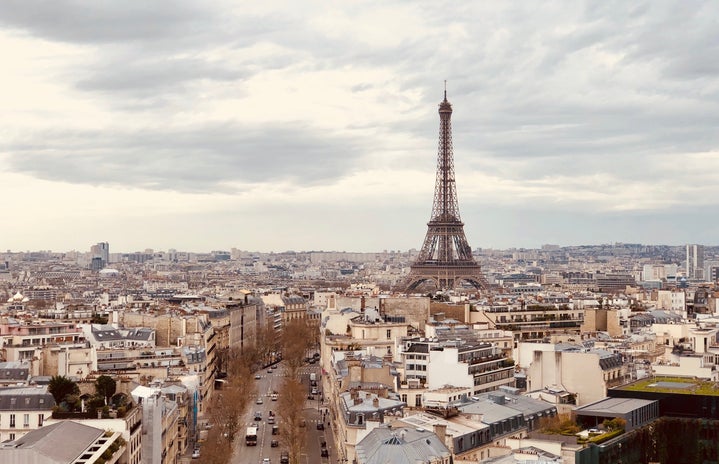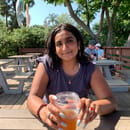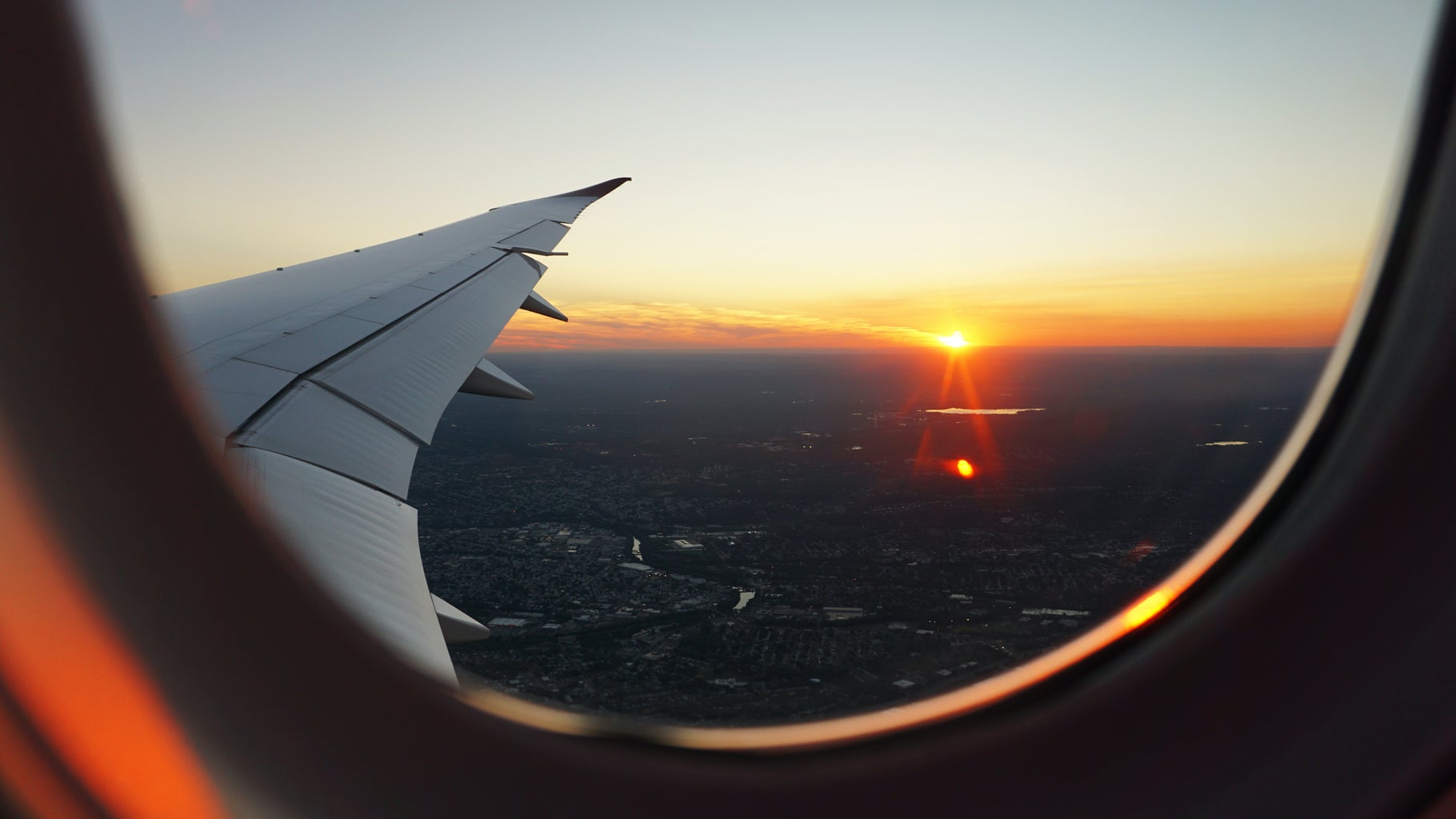Before starting college, my mother always told me I would never be allowed to study abroad. “You can travel once you have a job after college,”; a phrase I’d always hear throughout middle and high school. However, like the many crazy effects Covid-19 had on our world and social dynamics— it also caused a change in heart within my parents. This past February, I had the privilege of studying abroad in Paris— a dream come true.
The program I went on was shortened: a 10-day study abroad program for my Civil Litigation Trial Practice course as a Legal Studies major. During Spring Break, while my friends were either vacationing in Cancun or were still at school—my classmates, professor, and I were exploring the streets of Paris (while having thoughtful and enlightening discussions regarding the differences between the French and American legal systems, of course).
Being a shortened program, it was also much more affordable than a typical semester-long study abroad program. Both of these factors made it easier to convince my parents and to even participate. However, despite being only 10 days, it was definitely a dream come true and everything I expected study abroad to be and more (which of course, I was expecting— being in the most romantic city in the world).
Prior to getting on our flights to France, we weren’t required to get a COVID test, but we did need to show proof of vaccination. However, once we arrived in Paris, we needed to head to the nearest pharmacie—which were all easily recognizable by the large, green cross signs hanging outside them— in order to obtain “health passes” which were given once showing proof of vaccination. At most restaurants, museums, tourist attractions, and other venues, proof of that health pass was required to enter (essentially like the American version of our vaccination pass). Similar to the restaurant scene in New York City however, not all venues asked or required proof of health pass— though many did, as well as large tourist attractions (including the Louvre, Eiffel Tower, Disneyland, etc.).
There were many other similarities in the social scene between Paris and New York City, especially pertaining to COVID-guidelines, that I noticed. Similarly to here, around half of people I saw wore a mask outside, while many others did not. Indoors, masks were required although this was not the case in restaurants or other dining venues (ex. rooftops, clubs, etc.). Rather, depending on the location, many clubs and rooftops in the area were very overcrowded, packed, and filled with people without a mask in sight. This is really similar to not just restaurants and other venues in NYC, but even within shopping malls, and other public areas— where they are filled with people who have all just stopped wearing a mask.
Prior to our returning flights home, we all needed to visit a pharmacy and get a COVID test done before flying into the United States. Although various strains of COVID continue to plague the world, and COVID statistics among the U.S. population seem to be steadily increasing now again, the world is slowly starting to rise back into higher amounts of travel and tourism.
Of course, my classmates and I were always precautious during our time abroad and tried to stay aware of being conscious and safe. Thankfully, it worked out and I personally feel glad I was able to take advantage of this trip, even with everything going on in the world. It was definitely a privilege, especially after spending the better part of two years “from home”—and fortunately, overall our study abroad trip was not negatively impacted by the effects of the pandemic.



